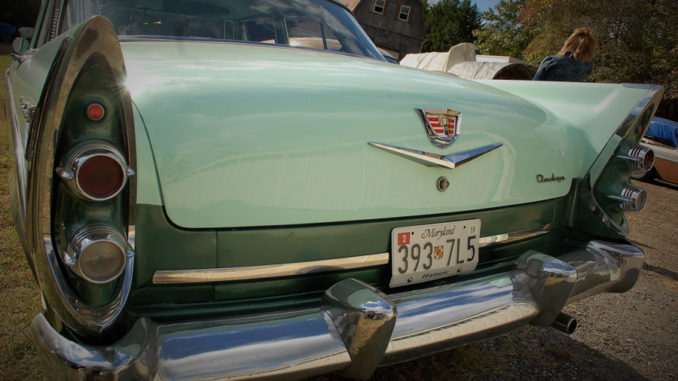
So you have a filthy rusty gas tank and you want to use it. Many people say throw it away; nothing is more obnoxious and dangerous than gas tank restoration. It ranks right up or down there with septic tank work. I have been astounded at the degree of vile filth that can grow inside an abandoned tank. Every deterioration situation is different so the quality of varnish(not the finishing kind) and oxide varies. Gasoline apparently breaks down both by fungus and bacteria. When any tank is allowed to sit with old gas for three years, it begins to rot and stink. To improve our air quality, the EPA has had the Petroleum Companies remove the stabilizers, which were poisons and were burned, now gasoline rots in 6 months. Today everything must be run dry before being put away. Over and over I come along and find my mower or chain saw with bad gas and now the carburetor needs cleaning.
Rusting of the interior of the gas tank can act as a catalyst and speeds up the fuel breakdown rate. Rust causes problems of its own. An unlimited supply of fine rust can quickly ruin a new fuel filter. So all the inside of the tank must be completely clean. Steam cleaning works. If you have a local radiator or truck repair place that will steam out a tank, searching the Yellow Pages and calling around may turn up a solution.
Depending on the size of the tank I first spray the strongest cleaner I have into it while wearing rubber gloves and a mask. I collect gravel between 1/2″and 3/4″ in size and put in a good handful. Then I shake the tank a lot. The neighbors love this, I put on hearing protectors. Keep doing it much longer than you can stand. Use the garden hose to rinse out. Many tanks are difficult to drain completely and have to be sucked clean with a snout on a wet dry vac. I cut up a transmission fill funnel and use it as an adapter along with some stiff plastic tubing. Usually it takes several efforts to get the tank completely clean. I like marine bilge cleaner because it softens the stuff without being flammable. I use acetone for the next rinse.
I have had good luck with carburetor cleaner as well. Dump the waste on an old trash carpet, let it dry and roll it up and put it in the garbage. Many of the stones will come out with the waste or in the consecutive rinsings. If not, suck them up with your wet dry vac probe. Next dry the tank by placing it in the sun or running a reversed vacuum hose into it for an hour.
Most old Electrolux vacs allow you to put the hose in the exhaust and blow.
Once dry more loose particles will falloff a complete blasting with compressed air helps dislodge them. Greater blasting power can be obtained by putting both the blow end of the vac in one hole and the compressed air in the other. You can make a long snout for the air gun with brake line tubing. I put a sharp 90 degree curve near the end, it gets the air right to the surface. Make an inspection light by putting a long wire on a dashboard light socket with clips for a 12v battery. In a pinch a battery charger can be a power source. Vice Grips and spring clamps can hold a wire on a battery. You will be amazed how well you can see inside the tank, particularly if you wait until night to inspect. If you don’t have to work on it further, spray Ospho brand rust converter on as many surfaces as you can reach. Add extra and roll it around, coating the hidden areas. If you used too much it will be slow to dry and leave puddles. I have sucked Ospho up with the vac, but I washed it out right away and wore gloves (always) and activated charcoal respirator. The Ospho does a great job and keeps the inside stable. Many tanks are made of bare steel. When filled with gas very little rusting takes place, its when they are allowed to sit empty and collect condensation or the fuel is allowed to rot that they rust. Good luck to you and your new machine!

Be the first to comment